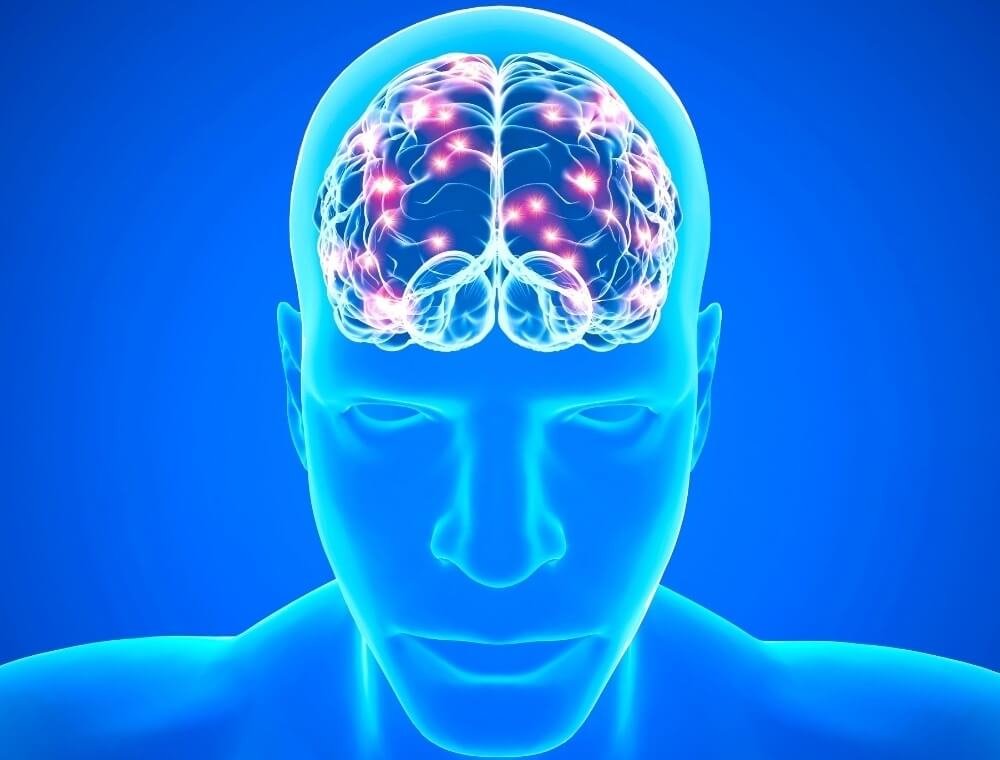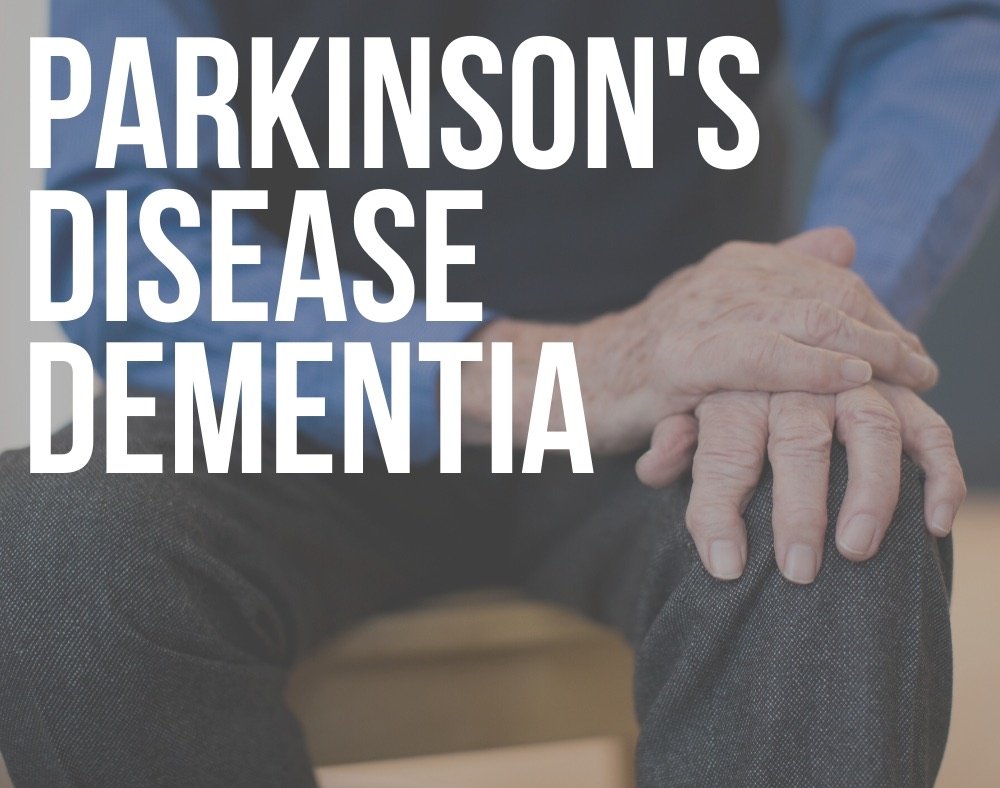A complex and uncommon progressive condition that affects the brain, progressive supranuclear palsy (PSP) is a disorder that causes weakness of various muscles.
Supranuclear is the section of the brain above 2 small areas known as nuclei.
This is the region that the disorder primarily affects.
What is Progressive Supranuclear Palsy
PSP is a rare disorder that has varying estimates.
Research shows that about 3-6 people in every 100,000 people globally or about 20,000 Americans have the condition.
The disorder is also believed to be more common in males than in females.
In most cases, it mostly affects people who are in their 60s but it can occur earlier or later. In short, it is very unpredictable.
PSP was first described as a distinctive disorder in 1964 after three scientists published a paper that highlighted the differences of the condition compared to Parkinson’s disease.
For some time, it was known as the Steele-Richardson-Olszewski syndrome the combined names of the scientists who defined the condition.
How PSP is Different from Parkinson’s Disease

Both Parkinson’s disease and progressive supranuclear palsy cause movement difficulties, clumsiness and stiffness.
However, PSP progresses more rapidly when compared to Parkinson’s disease.
Persons with PSP normally stand exceptionally straight or at times title their head backward causing them to fall backward.
It is different for persons with Parkinson’s disease because most people with this disease will bend forward.
Difficulties with swallowing and speech tend to be more pronounced and common in PSP than in Parkinson’s disease.
Causes of Progressive Supranuclear Palsy

Experts have figured out how PSP happens, but they are yet to pinpoint why it happens.
The disorder develops when brain cells in a section of the brain stem become damaged.
It is still not clear how and why it damages the cells.
NHS reports that PSP happens when brain cells in certain sections of the brain become infected as a result of excessive accumulation of a protein referred to as tau.
Tau naturally occurs in the brain but in this situation, due to the build-up, the body cannot break it down quickly enough.
In persons with PSP, tau reaches high levels forming harmful clumps in the brain cells.
The levels of abnormal tau in the brain, as well as the location of these clumps, usually vary in persons with this progressive condition.
This implies that the disorder may have a broad range of symptoms.
Several areas of the brain are thought to be affected by PSP such as:
- Brainstem: this is especially the area of the midbrain where “supranuclear” eye movement resides
- Basal ganglia
- Cerebral Cortex
- Spinal cord
- Dentate nucleus of the cerebellum
Research has also linked the disorder to changes in various genes.
The genetic faults are, however, not inherited and the risk to relatives including siblings or children of a person with PSP is quite low.
Symptoms of Progressive Supranuclear Palsy

It is easy to mistake PSP for Parkinson’s disease because the two conditions share plenty of symptoms.
Some of the warning signs for this progressive disorder include:
- Problems with Movement: The first sign of PSP is usually a problem with balance while a person is walking. Affected persons may start to fall a lot or feel uncomfortable or rigid when walking.
- Challenges Moving Eyes: Many people with PSP will have a hard time directing their eyes where they want them to go. This is especially for a person who wants to look downwards. Some people will also experience blurred vision while others may have no control over their eyelids where they go through unwanted blinking or inability to open eyes. It is also common for persons with this disorder to hold another person’s gaze.
- Speech Difficulties
- Problems with Swallowing
- Becoming more cranky and forgetful
- Tremors in the hands
- Muscle stiffness especially around the neck region
- Having unusual emotional outbursts like laughing or crying at unexpected times
- Depression
- Extreme tiredness
- Becoming angry for no reason
- Dementia
- Changes in behavior like poor judgment and recklessness
- Slowness of thought and some memory issues
- Changes in personality such as mood swings, apathy, and irritability
- Photophobia: a dislike of bright lights
- Disturbed sleep
- Loss of interest in pleasurable activities
- A frightened or surprised facial expression caused by rigid facial muscles
- Headaches, joint pain, back or neck pain
- Bladder problems, constipation, and incontinence
- Face or jaw spasms or jerks
Because PSP is a progressive disease, the symptoms start out subtle and become worse over time.
Diagnosis Process

A thorough evaluation of symptoms can help with the diagnosis of progressive supranuclear palsy.
PSP is, however, difficult to diagnose especially in its early stages.
Most of the time, this disorder will mimic Parkinson’s disease. PSP can also be misdiagnosed for an inner ear infection because balance is usually affected.
The diagnosis process normally includes ruling out other medical conditions.
Changes in gait and balance issues are two of the clearest symptoms that can identify the brain disorder especially when it is combined with the inability to move or close eyes.
However, for some affected individuals, problems with eye movement may develop in the later stages of the disease.
Doctors conduct several tests and examinations to help with the diagnosis such as:
Neuropsychological Testing
A person suspected to have PSP may also be referred to a neurologist and possibly a psychologist to help with diagnosis. It usually involves going through several tests designed to evaluate the extent of a person’s symptoms and the impact they have on their mental abilities.
The tests look into abilities like processing of visual information like pictures and words, concentration, memory, and understanding language.
Brain Scans
If a person’s PSP symptoms suggest that there is something wrong with the brain, medics will likely request brain scans like:
- MRI Scan: Radio waves and a strong magnetic field are used to offer detailed images of the inside of the brain. These can also detect abnormal changes to the brain like shrinkage of certain parts of the brain consistent with PSP diagnosis. Experts are coming up with scans that will identify the build-up of tau protein associated with PSP in the brain.
- DaTscan: this is where a doctor uses a gamma camera to take pictures of the brain.
PET Scan: it detects radiation given off by a substance which is normally injected beforehand.
The scans are also helpful when it comes to ruling out other possible conditions like strokes or brain tumors.
Treatment Options

Currently, there are no procedures or medications that can cure progressive supranuclear palsy.
Nonetheless, there are methods and strategies that can help manage the symptoms and offer a better quality of life.
Parkinson’s Disease Medication
Drugs that are used to treat Parkinson’s disease can be effective in enhancing flexibility and balance. These include levodopa which can be used in conjunction with other drugs where necessary.
Physicians may recommend antidepressants for persons who are suffering from irritability or depression.
Assistive Aids
Individuals who have PSP may benefit from the use of certain aids designed to make their lives easier. These include special glasses that feature prisms that can help to enhance vision.
Weighted tools can also help people with walking problems so that they do not keep falling over. At times, all a person needs is specially designed footwear that reduces the risk of slipping and falling.
When symptoms are advanced, a person may need a feeding tube when swallowing becomes a problem.
This is a tube that goes into a stomach’s abdomen from an opening made in the skin to offer the body the nutrition it needs.
Treating Eye Problems
If a person with PSP has problems controlling their eyelids, a doctor may recommend injections of botulinum toxins like Botox which can help relax muscles around the eyelids. The effects of such injections last for about three months.
Artificial tears and eye drops can be helpful when an individual is experiencing dry eyes by reducing irritation and lubricating them.
Regular Exercise
Regular exercise might help to strengthen muscles while improving posture and preventing stiffening of joints.
Therapies
Certain therapies can help persons with PSP such as:
Physical Therapy
This may help to improve flexibility in some affected individuals. A physiotherapist will offer advice on how a person can make the most of their mobility through exercise without overexerting themselves.
They can also teach proper breathing exercises that a person can practice to reduce the risk of developing aspiration pneumonia which is described as a chest infection that is a result of food particles falling into the lungs.
Language and Speech Therapy
A speech and language therapist can help a person with PSP to improve speech and swallowing issues. The professionals can teach various techniques that help make a person’s voice as clear as possible.
They can also recommend suitable communication devices and aids that may be useful as the disorder progresses. The therapist can collaborate with a dietician to recommend the proper foods to eat as well as various swallowing techniques.
Occupational Therapy
Occupational therapists can offer expert advice on how to increase safety while preventing trips and falls as the affected person goes by their daily activities.
For instance, many people with progressive supranuclear palsy can benefit from installing bars along their baths that help them get them in and out.
The professionals can also help identify potential hazards in the home such as badly secured rugs, poor lighting, and crowded corridors and walkways that can increase the risk of falls.
Final words
It is advisable for an affected person to talk to their doctor about all the symptoms they are experiencing.
This allows the professional to consider the best treatment option. PSP is not a fatal disorder, but it can result in complications like pneumonia which can be life-threatening.
Other complications that can be caused by PSP include suffering serious head injuries or breaking bones as the likelihood of falls increases.
Research is on-going into new treatments of PSP and a better understanding of the rare disorder.











